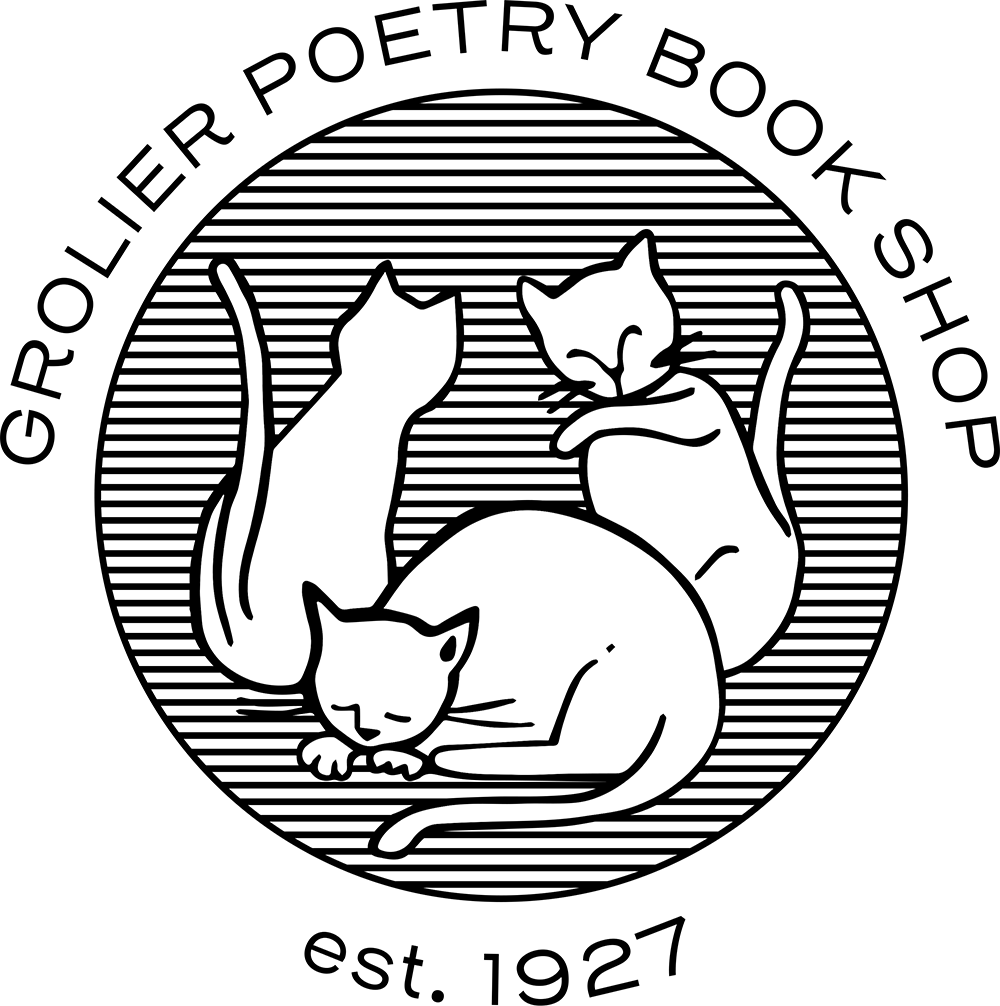 Image 1 of
Image 1 of

Lunch Poems by Frank O'Hara
Lunch Poems is widely considered to be Frank O’Hara’s freshest and most accomplished collection of poetry. Edited by the poet in collaboration with Lawrence Ferlinghetti and Donald Allen, who had published O’Hara’s poems in his monumental The New American Poetry in 1960, it contains some of the poet’s best known works including The Day Lady Died, Ave Maria, and Poem [Lana Turner has collapsed!]. These are the compelling and formally inventive poems–casually composed, for example, in his office at The Museum of Modern Art, in the street at lunchtime or on the Staten Island Ferry en route to a poetry reading–that made O’Hara a dynamic leader of the New York School of poets.
**Please note the book does not have white on the cover like the graphic on this page
Lunch Poems is widely considered to be Frank O’Hara’s freshest and most accomplished collection of poetry. Edited by the poet in collaboration with Lawrence Ferlinghetti and Donald Allen, who had published O’Hara’s poems in his monumental The New American Poetry in 1960, it contains some of the poet’s best known works including The Day Lady Died, Ave Maria, and Poem [Lana Turner has collapsed!]. These are the compelling and formally inventive poems–casually composed, for example, in his office at The Museum of Modern Art, in the street at lunchtime or on the Staten Island Ferry en route to a poetry reading–that made O’Hara a dynamic leader of the New York School of poets.
**Please note the book does not have white on the cover like the graphic on this page
Lunch Poems is widely considered to be Frank O’Hara’s freshest and most accomplished collection of poetry. Edited by the poet in collaboration with Lawrence Ferlinghetti and Donald Allen, who had published O’Hara’s poems in his monumental The New American Poetry in 1960, it contains some of the poet’s best known works including The Day Lady Died, Ave Maria, and Poem [Lana Turner has collapsed!]. These are the compelling and formally inventive poems–casually composed, for example, in his office at The Museum of Modern Art, in the street at lunchtime or on the Staten Island Ferry en route to a poetry reading–that made O’Hara a dynamic leader of the New York School of poets.
**Please note the book does not have white on the cover like the graphic on this page
